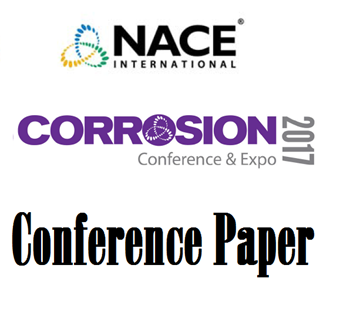Search
98429 MATERIALS EXPERIENCE IN A METHANE REFORMING PLANT
Also Purchased
01385 PRACTICAL EXPERIENCE WITH COUNTERING METAL DUSTING IN A METHANE REFORMING UNIT
Product Number:
51300-01385-SG
ISBN:
01385 2001 CP
$20.00
Review on the Heat-Resistant Stainless Steel Alloys Used for the Steam Methane Reformer Outlet Systems
Product Number:
51317--9351-SG
ISBN:
9351 2017 CP
Publication Date:
2017
$20.00
06239 MATERIALS ISSUES IN STEAM REFORMING/GASIFYING OF BLACK LIQUOR
Product Number:
51300-06239-SG
ISBN:
06239 2006 CP
$20.00
Recently viewed




